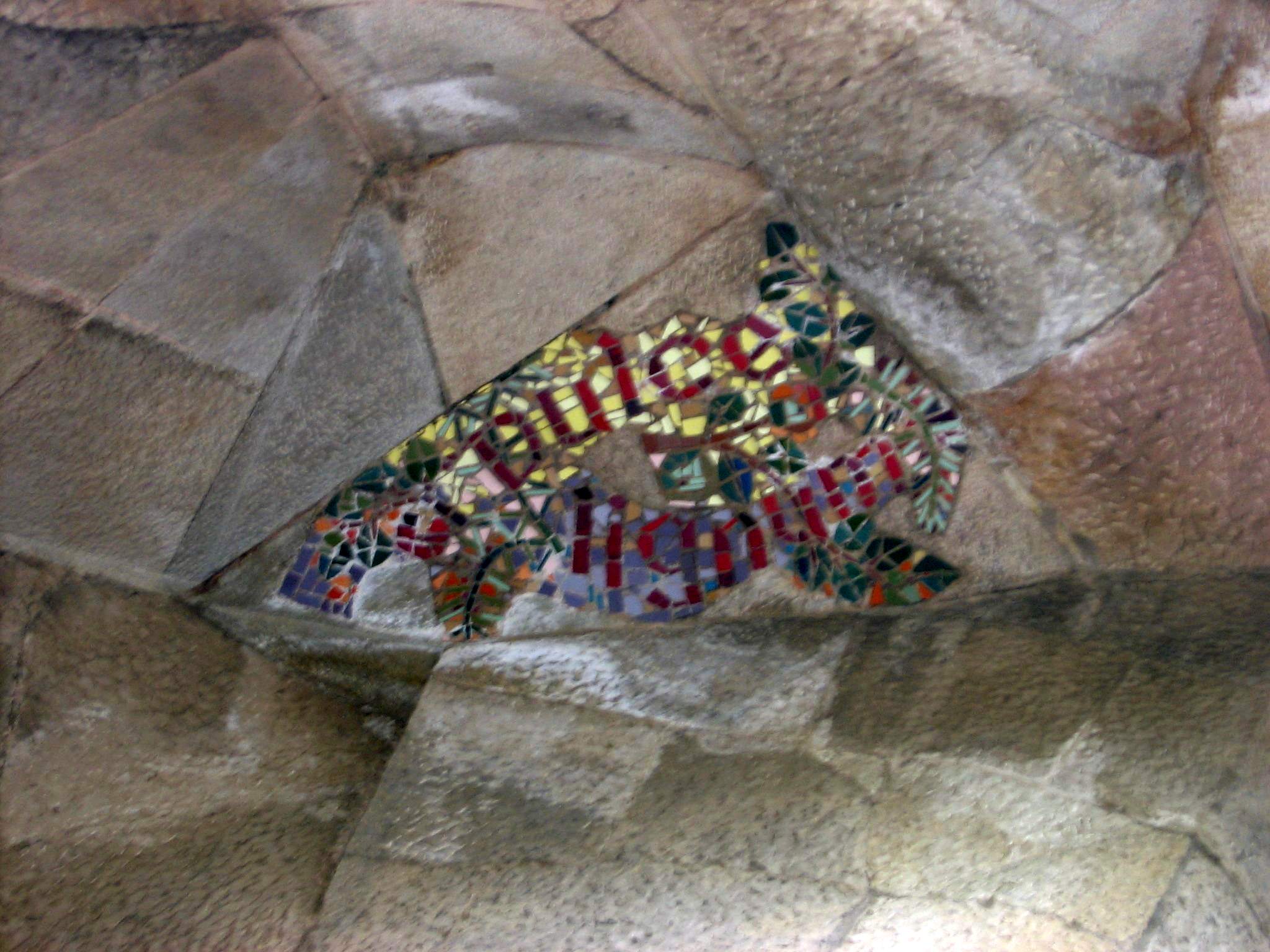Good Friday (30 Mar 2018)
Homily of Fr. Paul Panaretos, S.J., Holy Week Retreat, Guelph, ON
Brought In
Each gathering around the tables of God’s word and God’s son calls us to transport ourselves to ancient Mediterranean culture. The words we hear and use and the meal we share are rooted there. We linger long enough to gather what will help us live as better friends and followers of our Messiah Jesus.
_-_James_Tissot.jpg) As we linger we note prophets like Isaiah and Jesus spoke with divine authority: The Lord says this! O my people! Hear me! I say to you. They did not only add language God-markers like those. They soaked their hearers in vivid images: images to announce God’s heart and echo God’s desire for people. Their images contrasted God’s heart and the hearts of God’s people as well as sounded hope for life restored. Sometimes the gateway to hope opened onto troubling vistas. An Isaian image troubles us: suffering servant. Is to suffer the way God’s friends prosper?
As we linger we note prophets like Isaiah and Jesus spoke with divine authority: The Lord says this! O my people! Hear me! I say to you. They did not only add language God-markers like those. They soaked their hearers in vivid images: images to announce God’s heart and echo God’s desire for people. Their images contrasted God’s heart and the hearts of God’s people as well as sounded hope for life restored. Sometimes the gateway to hope opened onto troubling vistas. An Isaian image troubles us: suffering servant. Is to suffer the way God’s friends prosper?
Yet on our highest holy days we allow Isaiah’s suffering servant to open the Liturgy of the Lord’s Passion. This liturgy demands greater courage because Isaiah’s images don’t relent: speechless; parched; faces hid; spurned; stricken; silent; smitten; crushed; afflicted…to death. Who would believe what we have heard? Who would believe what we have heard in the passion or see on a close look at a crucifix or the Pieta? It’s not believing with our heads; it’s knowing with our hearts; a you-are-there experience to help us be touched deep within by the mystery of divine love then leave moved and transformed.
What we heard happened. The events the church celebrates today are not merely reported; they are given us now. Isaiah spoke to his circumstances with his suffering servant oracle. His oracle was not locked in history; later generations used it. Evidence mounts that Jesus used his oracle: one who knows the evidence observed that Christian scriptures developed “[what] Jesus himself set in motion when he drew on [Isaiah] to…explain his mission and ministry, and in particular his coming violent death.”1 That means we receive a privileged communication from Jesus: privileged because it’s scripture; and present2 for us as Jesus lives his self-description to its end. It baffled, angered and frightened his disciples: we’re no different.
Like them Jesus’ humiliating death can move us and transform us; it also blesses us with hope for ourselves and beyond ourselves. That calls again for graced courage—and help. Who might help us be moved? The young woman who kept the door…to the courtyard of the high priest. Consider her as our help. Consider her for she was trustworthy, reliable, confident, kind and perceptive.
She was trustworthy and reliable because she had been given the role of porter. In her world those entrusted with doors and gates played key roles in households. She did not shirk to use her authority: she gave Peter access to the courtyard of the high priest. We too need intimate access to the events of this mystery. Who better to let us in than this reliable, confident young woman?
Each woman in the Fourth Gospel spoke confidently. The young woman at the courtyard gate did not converse with Jesus and for that reason is overlooked. Who can say she had not heard Jesus speak of himself as a porter? I am the gate. Those who enter through me will be saved; they will come in and go out and find nourishment.3 Imagine her listening to his words! Whatever her source of confidence: she knew who she let in that day because she met Peter’s companion. We are their companions; she will bring us in to the courtyard of this mystery unfolding in a high priest’s house to end high on a cross. She offers a new perspective and will treat us as she treated Peter: kindly.
 St. John Chrysostom noted kindness in her words to Peter: “She did not ask Peter, Are you a disciple of that cheat and corrupter, but, of that man.” Jesus had passed through her gate; she perceived things would not bode well for him. Her phrase that man revealed Jesus’ plight stirred her compassion.4
St. John Chrysostom noted kindness in her words to Peter: “She did not ask Peter, Are you a disciple of that cheat and corrupter, but, of that man.” Jesus had passed through her gate; she perceived things would not bode well for him. Her phrase that man revealed Jesus’ plight stirred her compassion.4
Trustworthy, reliable, confident, kind, perceptive: the young woman’s qualities are worth emulating in every circumstance. Surely her silent presence boosted Jesus’ confidence to complete his mission. I suggest we follow her lead as we reverence his cross: entrust the cross to another to bring in the person next to you closer to its mystery; in that moment let yourself enter the gate of Jesus’ paschal life: let it continue to move you. Be confident the young woman stands at the doors of our hearts encouraging us, Be transformed by Jesus’ tree of life!
____________
- Ben Witherington, III. Isaiah Old and New, Accordance electronic ed. (Minneapolis: Fortress Press, 2017), 35.
- Catechism of the Catholic Church, 1085.
- John 10.9.
- Homily on John, 83.2.
____________
Wiki-image Consummatum est PD; by Canaan Dulce lignum CC BY-SA 3.0
_-_James_Tissot.jpg)

.jpg)


_-_James_Tissot.jpg)
.JPG/2048px-St._Paul's_Cross_(1).JPG)